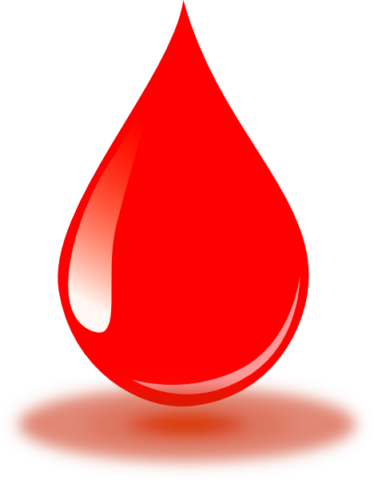WORLD THALASSEMIA DAY: A Drop of Blood, A Giant Step Against Thalassemia

Every year on May 8, the world observes and commemorates World Thalassemia Day as a tribute to the undying spirits of the thalassemia patients. As an effort to create awareness about this critical affliction, the preventive measures to avoid transmission and supporting the patients to lead a normal life. This initiative of the Thalassemia International Federation, in association with the World Health Organization, also aims at encouraging the masses to donate blood for the cause. The theme for World Thalassemia Day 2018 is: Thalassemia past, present and future: Documenting progress and patients’ needs worldwide.
Thalassemia is an autosomal, mostly recessive, hemolytic disorder which gets genetically transmitted from parents to their offspring’s. It is caused due to genetic mutation or a deletion of certain key fragments in the genetic code, which in turn hinders the production of hemoglobin and thus incapacitating the smooth functioning of the red blood cells- whose function is to carry oxygen throughout the body by forming ox hemoglobin- in the body. Thus Thalassemia causes anemia along with a train of complications like cardiovascular disorder, palpitation, and fatigue, bone deformities, jaundice, enlarged liver, iron superabundance, retarded growth in children and delayed puberty.
Thalassemia is mostly among children of age group one and two years. The treatment of thalassemia consists of blood transfusion, iron chelation therapy and blood and bone marrow stem cell transplantation along with vitamin B supplements to regulate the level of hemoglobin in the blood. Since thalassemia is a genetically inherited disease, it cannot be curbed completely. However, the chances of transmission can be relatively lessened through the prenatal tests which facilitate early diagnosis of the disease and treatment before the childbirth. Hence the carriers of Thalassemia gene to meet a genetic counselor as soon as they decide to embrace parenthood to get proper remedial therapy to prevent the gene from getting transmitted to their offspring’s.
Teenage girls suffering from Thalassemia, often experience delayed growth, puberty and complicated menarche and menstrual cycle due to low levels of Follicle Stimulating Hormone, Luteinizing hormone and Oestrogen in blood. Regular Chelation therapy is often prescribed to reduce the content of serum ferritin levels which in turn, improves FSH, LH and Oestrogen levels.
Today, in India, about 3.4% of the population are carriers of the Thalassemia and approximately 7000 to 10,000 infants are born with Thalassemia every year. According to a study by WHO, more than 90% of Thalassemia patients in the western countries lead a more or less normal life, whereas, in India, approximately half of the thalassemia patients die even before reaching adulthood.
Therefore, it is imperative that we design an effective preventive measure to curb the transmission the disease and do our best to eradicate it. The common citizens, especially youths should be encouraged to donate blood to aid the treatment of the Thalassemia patients. The youths should also be advised to go for the pre-marriage blood test so as to prevent transmission of Thalassemia to their offspring’s. Most importantly Thalassemia Patients should be encouraged and supported to live a normal life. The government, the healthcare professionals and the citizens of the nation to join in the endeavor to exterminate this affliction from the roots.
There are different types of thalassemia depending on the severity of the ailment (“trait,” “minor,” “intermedia,” or “major”), the number of mutations inherited from the parents, as well as on the basis of which portion of the haemoglobin molecule is altered by the mutation (alpha, beta or delta).
Alpha Thalassemia develops when the body is rendered incapable of producing alpha globin. There are two subcategories of alpha Thalassemia: hemoglobin H disease and hydrops fetalis. Haemoglobin H occurs when a person misses out three alpha globin genes or experiences mutation in these genes. This disorder often leads to an anomaly in the bones. The cheekbones, forehead, and jaw may grow abnormally.
Beta thalassemia develops when one’s body is unable to produce beta globin. It has two critical subcategories: thalassemia major (Cooley’s anemia) and thalassemia intermedia. Thalassemia major is the most critical form of beta thalassemia which develops when beta globin genes are missing. The symptoms of thalassemia major generally show up before a baby’s second birthday. It is often fatal as it causes severe anemia. Other signs and symptoms include jaundice, paleness, reduced immunity, enlarged organs, fussiness, dark urine and poor appetite.
Minor Thalassemia often goes undetected until it is confirmed by certain blood test (complete blood count, CBC test) reports. Sometimes lack of noticeable symptoms can make thalassemia minor difficult to diagnose. It is imperative to get tested if either of one’s parents or some close kin is a thalassemia patient.
